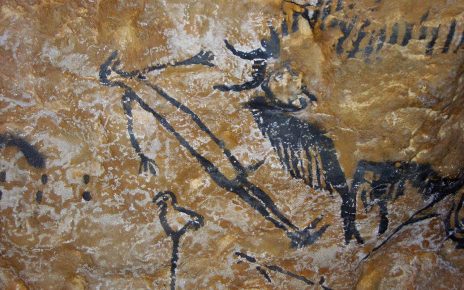The Department of Energy is preparing a new set of partnerships and innovations that could help the nation’s three power grids handle a transformation in U.S. energy generation to meet lower emissions goals.
One scientist summed up the challenge by saying it’s like updating a reliable 1957 Chevrolet for the complex technologies and climate-related hazards of the 21st century.
Last week, Energy Secretary Dan Brouillette visited the National Renewable Energy Laboratory (NREL) in Golden, Colo., to unveil what amounts to a more powerful test bed for some of those high-tech innovations.
It’s called ARIES, which is short for Advanced Research on Integrated Energy Systems. NREL has such a system now, but changes will give it 10 times more electrical power and hookups with other DOE laboratories.
“ARIES will enable DOE and industry to de-risk the technical, the operational and the financial impacts of large-scale integration in a unique environment that doesn’t currently exist,” explained Brouillette.
In a press release, DOE called it a “virtual emulation environment that uses advanced computing and digital real-time simulators” to help researchers test the impacts of battery- and hydrogen-powered energy storage systems and large increases of renewable energy. Other challenges the program is intended to address include the fuel needs of millions of future electric vehicle owners and the impacts of “smart thermostats” and other automated devices.
ARIES will also help researchers study and update the grid’s protections against more powerful storms, blackouts related to larger forest fires and the schemes of computer hackers who are hunting for grid vulnerabilities.
All of that “has to be easy for the consumer,” explained Juan Torres, NREL’s associate director for energy systems integration, who came up with the 1957 Chevy analogy.
Referring to the grid, he noted: “It’s been working positively for 100 years,” and it’s among the world’s most reliable electric distribution systems.
Speaking Thursday at a virtual meeting of NREL partners and businesses, he and others emphasized the need to get both the technologies and the consumers adjusted to their new electric environment.
One of NREL’s experiments is called LA100, a reference to its partner, the city of Los Angeles. It will test what’s needed to prepare the city Department of Water and Power — described as the nation’s largest publicly owned utility — to reach a “zero carbon economy” by 2050.
Jaquelin Cochran, manager of NREL’s grid systems group, noted there are many unknowns that have to be tested to reach the city’s ambitious goals. They include finding cost-effective ways to combine large quantities of electricity from wind, solar and geothermal sources.
For that reason, NREL will work with an advisory group that includes businesses, neighborhood councils, environmental groups and school districts to “frame the complexity” of some of the problems, Cochran explained.
Leo Simonovich, vice president of a Siemens Energy subsidiary that provides cyber and digital security to companies, said the universe of utilities has changed since the days when they provided a “one-way street” for moving electricity to customers.
The added complexities of digital communication systems, automated devices and computer-driven controls will require cybersecurity to become “a core of their business” to protect everything associated with the updated grids.
“Utilities are incapable of defending what they can’t see,” Simonovich said.
Shayle Kann, managing director of Energy Impact Partners, which invests in companies that focus on more efficient and sustainable energy, noted that while there is new technology to help control energy use, the will to use it is still missing.
“There are now 10 million smart thermostats in the U.S. How many of them are being used to help protect the grid?” Kahn asked. “Very, very few. Most customers don’t have incentives to do that.”
Wes Bolsen, the president of LaderaTech, a company that sells fire retardants, has been working with a number of California utilities since last year when damage claims from wildfires drove Pacific Gas & Electric Co. into bankruptcy.
Their interest is growing in the use of long-lasting fire retardants to protect power poles and nearby forests. There are new chemicals, he explained, that can take the threat “to zero” without harming plants and trees.
Homeowners, he said, are also experimenting with retardants that can last until rainfall amounts reach 2 inches cumulatively.
“That should be enough for the entire season,” Bolsen said.
Reprinted from Climatewire with permission from E&E News. E&E provides daily coverage of essential energy and environmental news at www.eenews.net.




